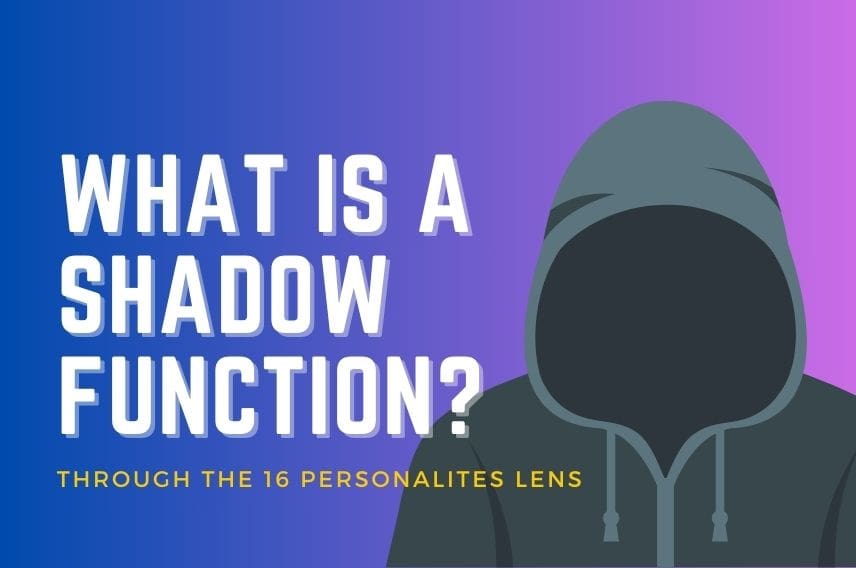In the context of the 16 Personalities framework, a shadow function is a less developed and often unconscious aspect of your personality. It’s essentially the flip side of your dominant functions, representing ways of thinking and behaving that you may not naturally gravitate towards but can tap into under certain circumstances.
Here’s a breakdown of shadow functions:
- Position: They reside in the opposite order of your primary cognitive functions. For example, if your dominant function is Extraverted Thinking (Te), your shadow function would be Introverted Feeling (Fi).
- Development: They are less mature and refined than your dominant functions, often emerging in times of stress, discomfort, or when your usual strategies aren’t working.
- Integration: By becoming more aware of your shadow functions and working to integrate them, you can expand your behavioral repertoire, become more balanced, and adapt to diverse situations.
To illustrate, consider these examples:
- An INTP, whose dominant function is Introverted Thinking (Ti), might access their shadow function of Extraverted Feeling (Fe) in situations that require deep empathy or social harmony.
- An ESFJ, whose dominant function is Extraverted Feeling (Fe), might tap into their shadow function of Introverted Thinking (Ti) when faced with complex problems that demand logical analysis and objective reasoning.
Benefits of Exploring Shadow Functions:
- Balanced personality: Integrating shadow functions can help you become more adaptable, resilient, and well-rounded.
- Personal growth: Understanding your shadow side can lead to greater self-awareness and personal development.
- Enhanced leadership: Leaders who can access their shadow functions can better navigate challenges, connect with diverse team members, and make more balanced decisions.
How to Explore Your Shadow Functions:
- Identify them: Use resources that explain the shadow function pairings for each personality type.
- Observe your behavior: Notice when you act in ways that seem uncharacteristic or surprising—this could be your shadow functions emerging.
- Practice using them: Consciously engage in activities that require the use of your shadow functions.
- Seek feedback: Ask trusted friends or colleagues to observe your behavior and provide insights.
- Seek professional guidance: A therapist or coach can help you navigate shadow work effectively.
Remember, shadow functions are not inherently negative. They offer opportunities for growth, resilience, and a more integrated personality. By understanding and working with them, you can unlock new levels of self-awareness and leadership potential.
